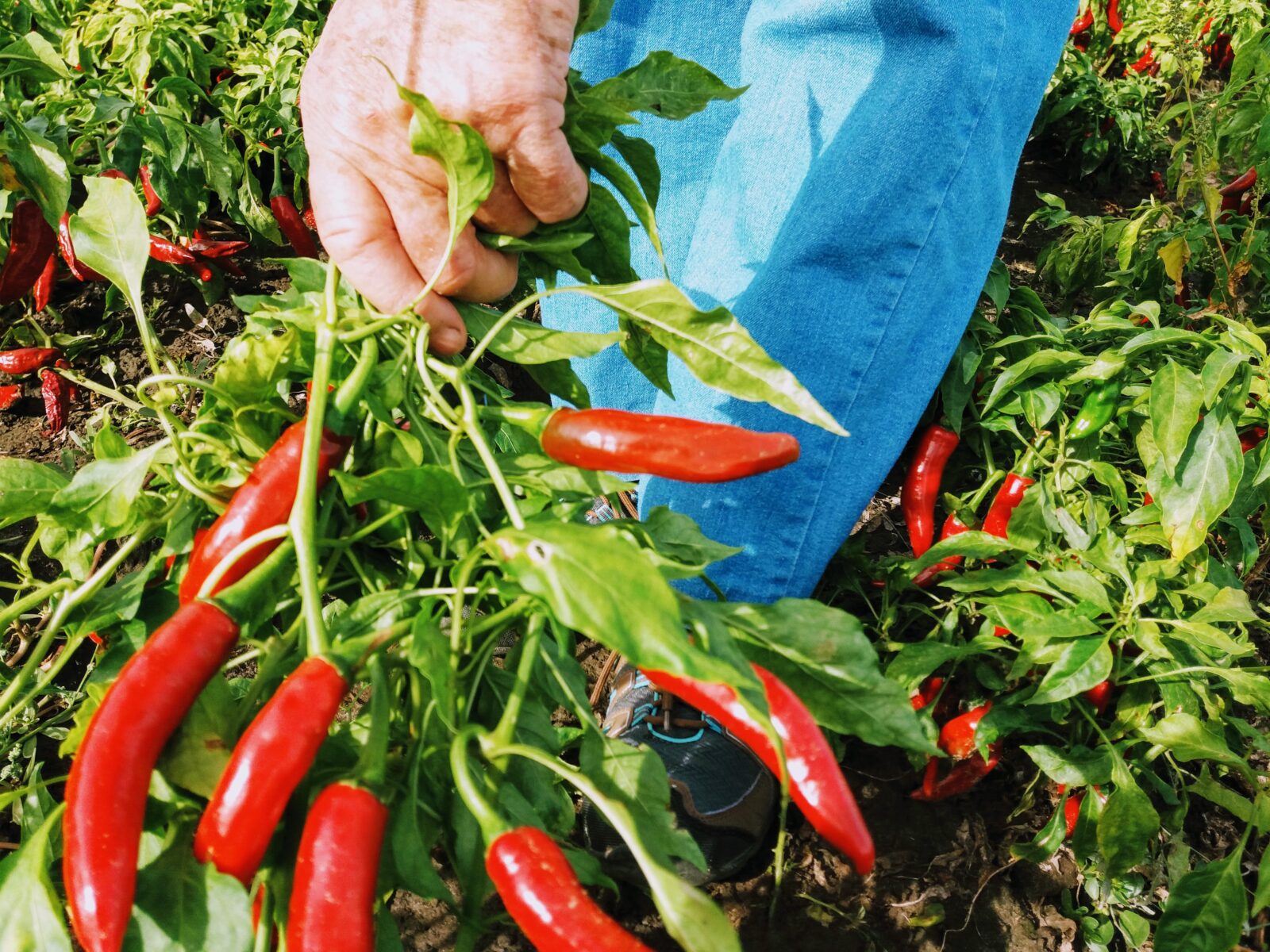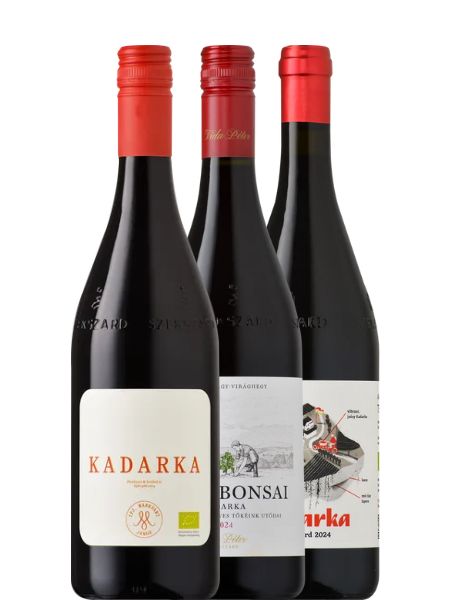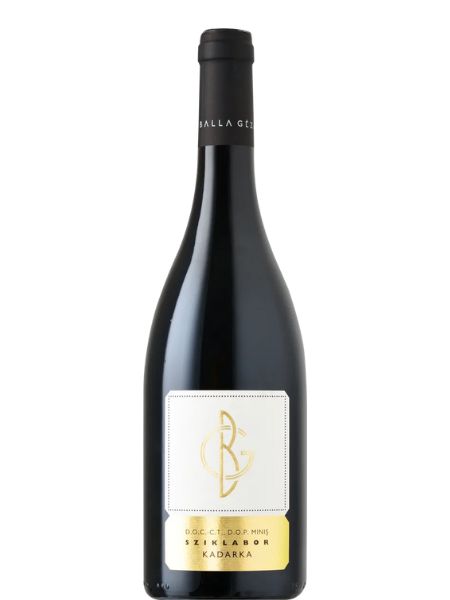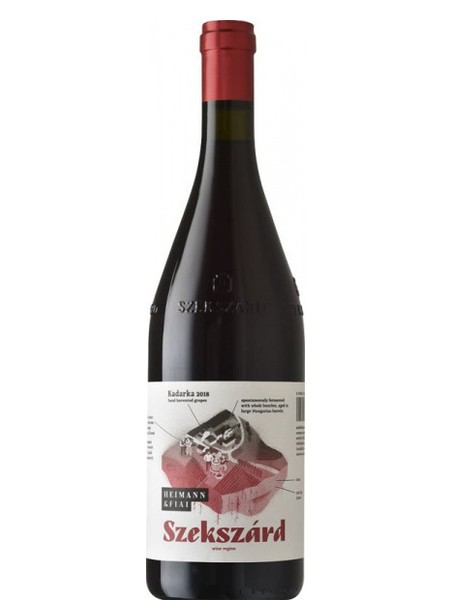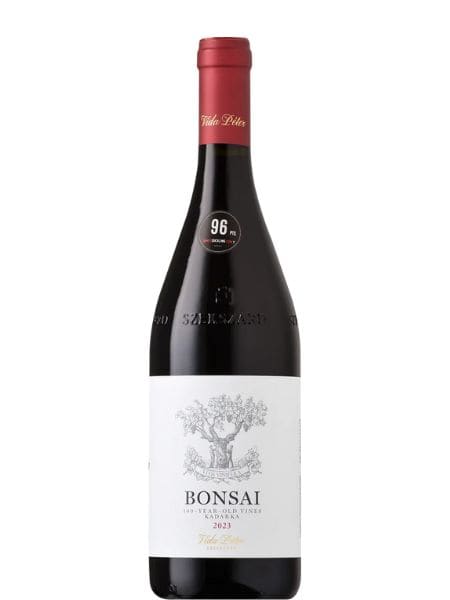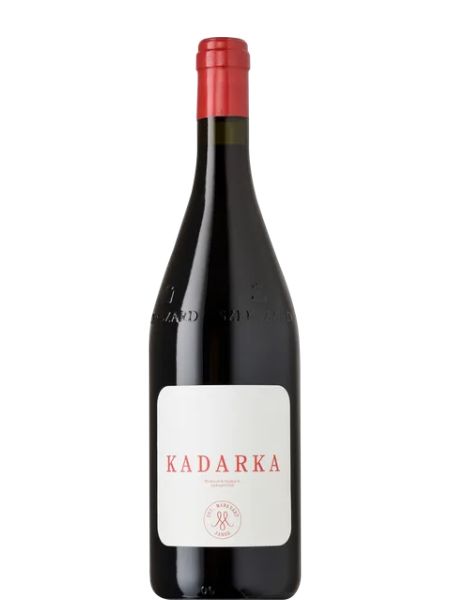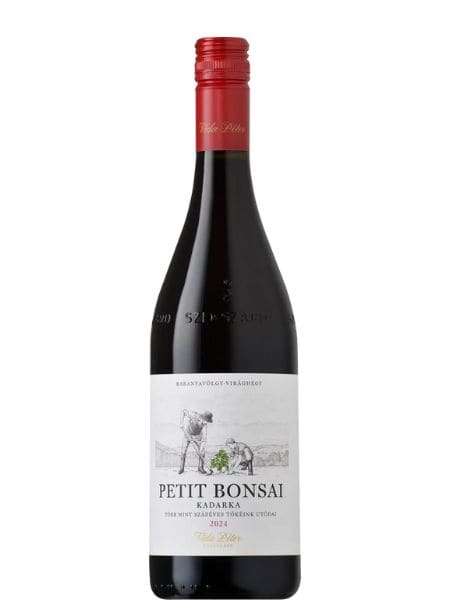Updates, Wine Guide
Kadarka: Hungary’s Rediscovered Red
Few grapes have a story as colourful as Kadarka. One of Europe’s oldest varieties, it was the very first red grape to take root in Hungary, a land that had been making only white wine until the Middle Ages. It arrived with Serbian settlers fleeing the Ottoman invasions, and it didn’t take long before Hungarians embraced it.
What does Kadarka taste like?
Kadarka has a thin skin, unlike many modern red varieties that were bred for thicker skins and durability. This gives it a soft, smooth character, often compared to Pinot Noir. Expect bright strawberry aromas and plenty of fruit on the nose, while the palate is spicier, with notes of Hungarian paprika and black pepper. It’s a distinctive flavour that’s easy to fall for.
The ups and downs
Kadarka quickly became Hungary’s most popular red grape, planted across the country. But Kadarka has always been fragile. Its thin skin makes it prone to rot and disease, and when phylloxera struck and industrial winemaking in the 20th century demanded tougher, higher-yielding grapes, Kadarka almost vanished. Only a few old vineyards kept it alive. To make matters worse, during the communist years the name Kadarka was used for mass-produced, low-quality sweet wines that left many with a bad impression.
Modern-day revival
Fast forward to today: winemakers in Szekszárd, Eger and beyond have brought Kadarka back to life. Historic vineyards, like those of Jani Márkvárt and the Vida family, preserved old vines, while producers such as the St. Andrea vineyard and the Heimann family dedicated years to researching clones and vineyard techniques. Thanks to their efforts, Kadarka is once again gaining recognition in Hungary and abroad.
Now Kadarka is reappearing on more and more tables. Light, smooth, fruity yet spicy, it’s a red wine that feels perfectly at home with modern food and tastes. After all it’s been through, it’s a grape you can’t help but root for.
Have you tried it yet?
-
Kadarka Trio
Original price was: €39,99.€36,00Current price is: €36,00. -
Balla Sziklabor Kadarka 2022
€24,90 -
Heimann & Fiai Szekszárd Kadarka 2024 (Bio)
€14,90 -
Vida Bonsai Old-Vine Kadarka 2024
€26,50 -
Márkvárt Kadarka 2024 (Bio)
€11,50 -
Vida Petit Bonsai Kadarka 2024
€13,50

 Deutsch
Deutsch
